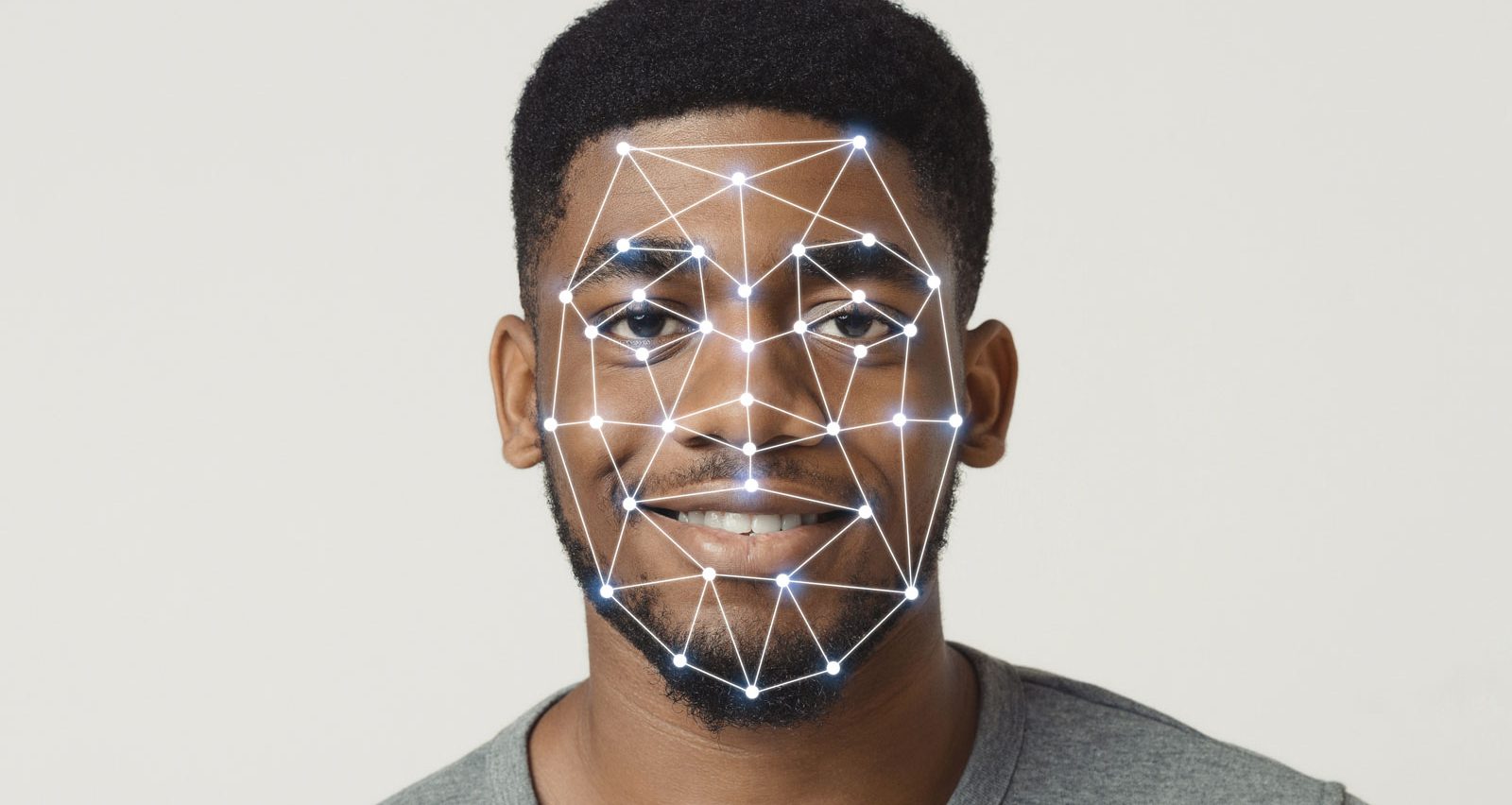Facial recognition technology has rapidly evolved over recent years, becoming a critical tool in security, finance, retail, and beyond. Its benefits extend far beyond mere novelty, providing practical solutions that enhance security, convenience, and personalization. Consequently, understanding the benefits of facial recognition can help businesses and individuals leverage this technology effectively. Therefore, this comprehensive guide explores the various advantages of facial recognition technology, its applications across different sectors, and the potential it holds for the future. By exploring these aspects, you can gain a deeper appreciation for the transformative power of facial recognition technology.
Enhancing Security and Safety
One of the most significant benefits of facial recognition technology is its ability to enhance security and safety. Understanding its impact on security helps highlight why it has become indispensable in various sectors. Therefore, exploring the benefits of facial recognition in enhancing security and safety is crucial.
Crime Prevention and Law Enforcement
Facial recognition plays a pivotal role in crime prevention and law enforcement. The ability to quickly and accurately identify individuals can help authorities track down suspects, identify missing persons, and prevent unauthorized access to restricted areas. Facial recognition systems can scan public spaces, airports, and other high-traffic locations, providing real-time alerts to security personnel. This technology enables faster and more efficient responses to potential threats, enhancing public safety. By understanding the importance of facial recognition in crime prevention, you can appreciate its value for law enforcement agencies. Therefore, recognizing its role in security is crucial.
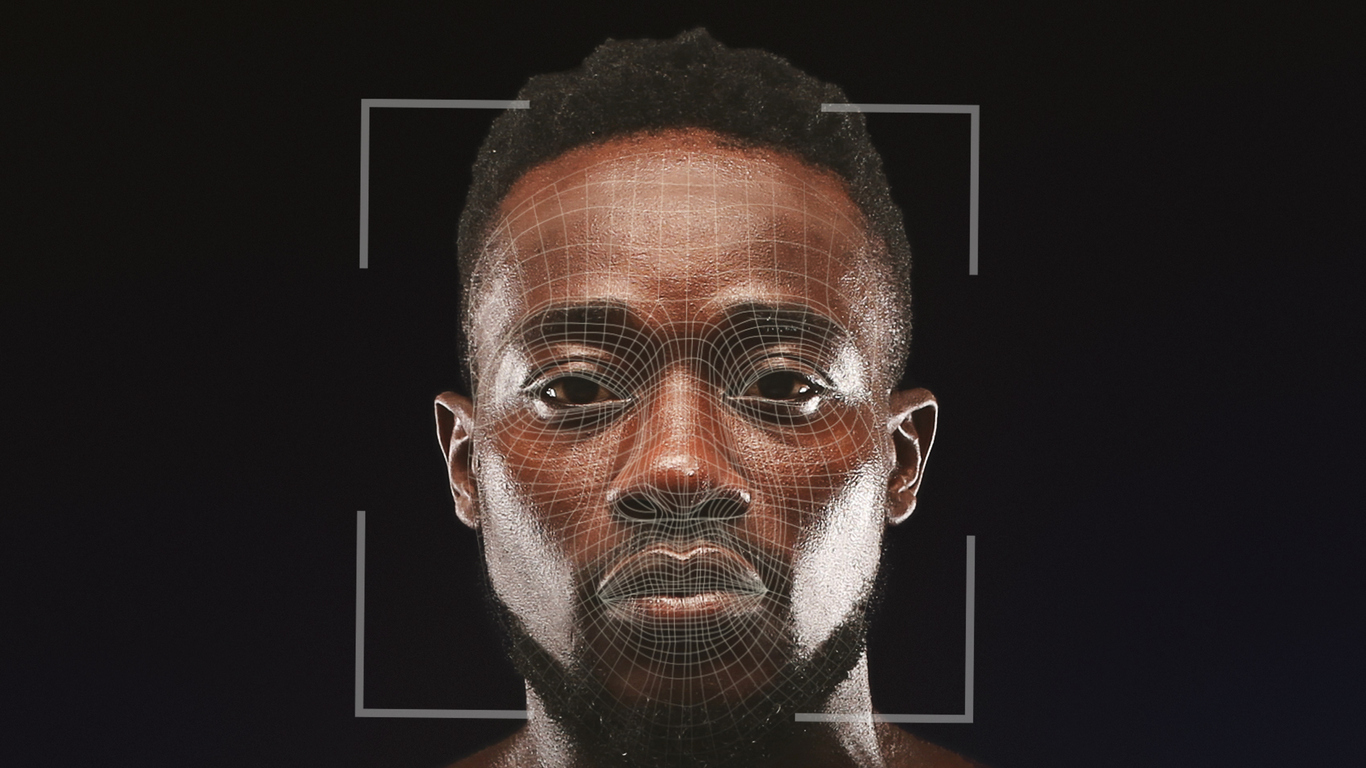
Access Control and Authentication
Facial recognition technology significantly improves access control and authentication processes. Traditional methods, such as passwords and keycards, can be easily lost, stolen, or forgotten. In contrast, facial recognition offers a secure, convenient, and tamper-proof method of verifying identity. This technology ensures only authorized individuals gain access to secure environments like office buildings, data centers, and restricted areas. Furthermore, facial recognition reduces the risk of identity theft and fraud by providing a more reliable form of identification. By understanding the impact of facial recognition on access control, you can see its importance in enhancing security. Therefore, recognizing its value for secure environments is essential.
Improving User Experience
Facial recognition technology also significantly enhances user experience by providing convenience and personalization. Understanding these benefits helps illustrate its potential beyond security applications. Therefore, exploring how facial recognition improves user experience is essential.
Seamless Transactions
Facial recognition streamlines transaction processes, whether in banking, retail, or online shopping. By verifying identity quickly and accurately, it reduces transaction times and enhances the overall customer experience. For example, facial recognition enables contactless payments, allowing customers to make purchases without physical cards or devices. This technology also enhances security in financial transactions by providing an additional layer of authentication. By understanding the benefits of facial recognition for seamless transactions, you can appreciate its impact on customer satisfaction. Therefore, recognizing its value for convenience is crucial.
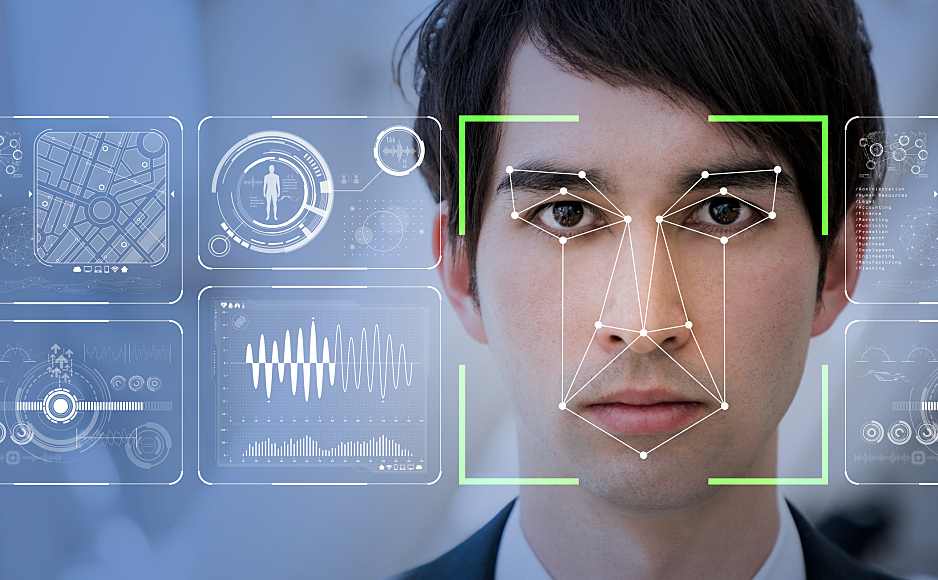
Personalized Services
Facial recognition technology enables businesses to offer personalized services based on individual preferences. By recognizing returning customers, businesses can tailor experiences, recommendations, and offers to each customer. For example, in the hospitality industry, hotels can use facial recognition to identify guests at check-in, streamlining the process and providing personalized room preferences. In retail, stores can offer customized product recommendations and loyalty rewards based on facial recognition data. By understanding how facial recognition enhances personalization, you can see its potential for improving customer engagement and loyalty. Therefore, recognizing its impact on personalization is essential.
Enhancing Efficiency and Productivity
Facial recognition technology also enhances efficiency and productivity in both business operations and everyday life. Understanding these advantages highlights its broader applications. Therefore, exploring how facial recognition enhances efficiency and productivity is crucial.
Time and Attendance Tracking
Facial recognition simplifies time and attendance tracking, reducing administrative burdens and improving accuracy. Traditional methods, such as punch cards or manual logs, can be time-consuming and prone to errors. In contrast, facial recognition systems automatically record employees’ clock-in and clock-out times, ensuring accurate and tamper-proof records. This technology also prevents buddy punching, where employees clock in for absent colleagues, improving fairness and compliance. By understanding the benefits of facial recognition for time and attendance tracking, you can appreciate its positive impact on workplace efficiency. Therefore, recognizing its value for productivity is essential.
Streamlined Travel and Transportation
Facial recognition enhances the efficiency of travel and transportation networks. In airports, this technology can expedite the check-in, security screening, and boarding processes, reducing wait times and improving passenger flow. For example, some airports have implemented facial recognition to verify passengers’ identities, allowing them to board flights without showing physical identification. In public transportation, facial recognition can facilitate contactless entry and payment, enhancing convenience for commuters. By understanding how facial recognition streamline travel processes, you can see its potential for improving transportation systems. Therefore, recognizing its impact on travel efficiency is essential.
Advancing Healthcare and Medical Services
Facial recognition technology also holds significant potential for advancing healthcare and medical services. Understanding these benefits helps illustrate its impact on patient care and medical administration. Therefore, exploring the advantages of facial recognition in healthcare is crucial.
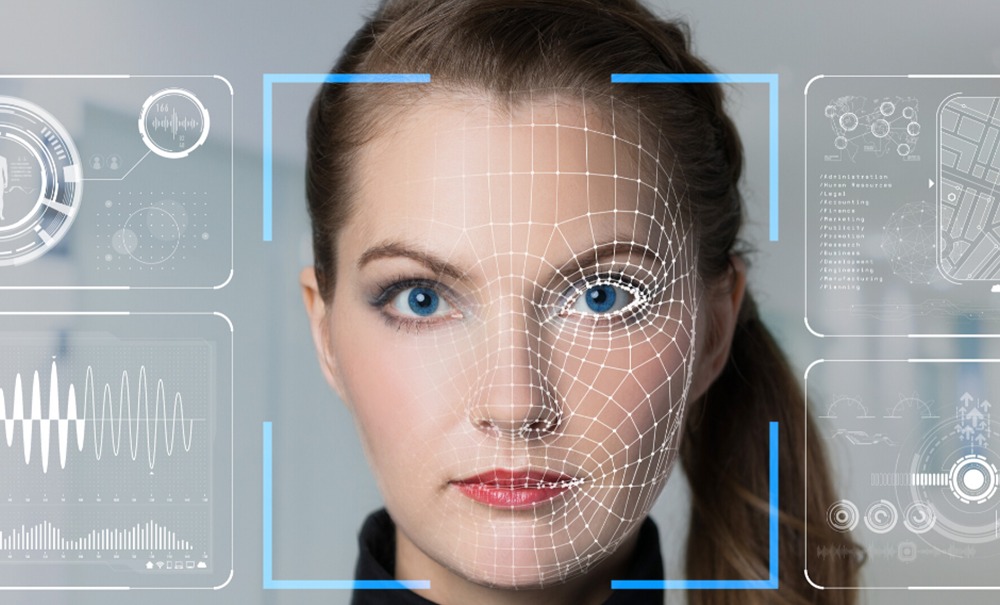
Patient Identification and Safety
Facial recognition can improve patient identification, ensuring accurate and secure records in medical facilities. Misidentification can lead to incorrect treatments, delayed diagnoses, and compromised patient safety. By using facial recognition, healthcare providers can verify patients’ identities at check-in, access accurate medical histories, and ensure the right treatments are administered. This technology also reduces the risk of medical identity theft and fraud. By understanding the benefits of facial recognition for patient identification, you can appreciate its potential for enhancing patient safety. Therefore, recognizing its value in healthcare is crucial.
Remote Monitoring and Telemedicine
Facial recognition technology can enhance remote monitoring and telemedicine services, providing secure and personalized care. For example, facial recognition can verify patients’ identities during virtual consultations, ensuring privacy and security. Additionally, this technology can be used to monitor patients’ emotional states and detect signs of distress or discomfort during telemedicine sessions. By integrating facial recognition with remote monitoring tools, healthcare providers can offer more comprehensive and responsive care. By understanding how facial recognition enhances telemedicine, you can see its potential for improving access to healthcare. Therefore, recognizing its impact on remote care is essential.
Addressing Common Questions About Facial Recognition
Understanding common questions about facial recognition provides clarity and addresses potential concerns. Knowledge of these answers ensures better preparation and informed usage. Therefore, exploring common questions is essential.
Is Facial Recognition Technology Secure?
Yes, facial recognition technology is designed to be secure, offering reliable and tamper-proof identification methods. However, the security of facial recognition systems depends on factors such as data protection measures, encryption, and regular updates. Ensuring that facial recognition data is stored securely and used responsibly is crucial for maintaining privacy and security. By understanding the security features of facial recognition, you can confidently implement and use this technology. Therefore, recognizing the importance of secure practices is crucial.
How Does Facial Recognition Address Privacy Concerns?
Facial recognition technology can address privacy concerns through responsible data collection, storage, and usage practices. Consent and transparency are key factors in addressing privacy issues. Ensuring that individuals are informed about how their data will be used and have the option to consent is essential. Additionally, implementing robust data protection measures, such as encryption and anonymization, can help safeguard individuals’ privacy. By understanding how to address privacy concerns, you can responsibly use facial recognition technology. Therefore, recognizing the importance of ethical practices is essential.
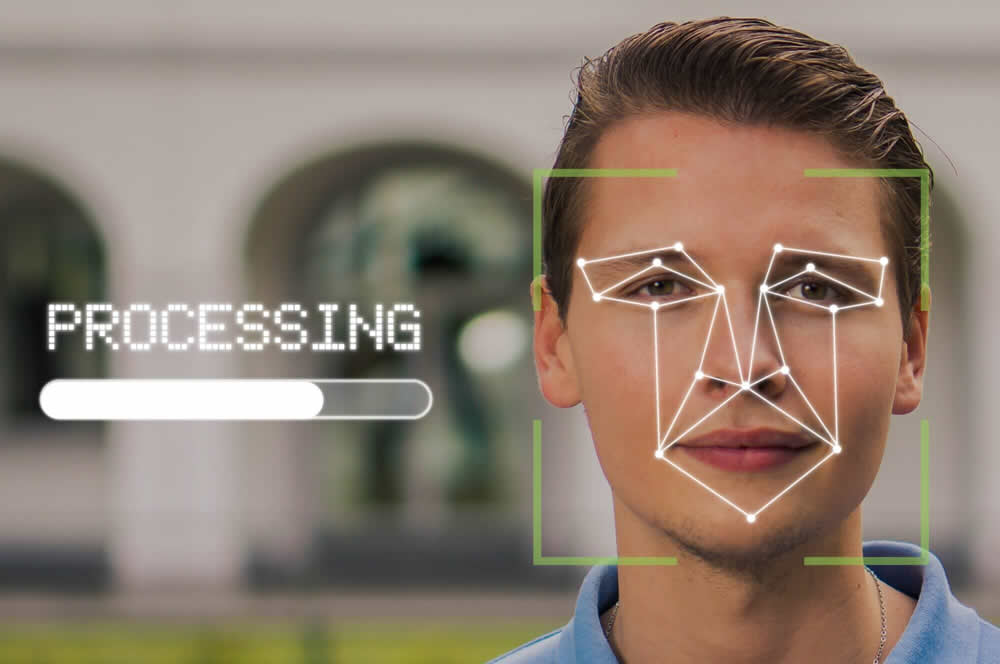
Addressing Common Misconceptions About Facial Recognition
Addressing common misconceptions about facial recognition provides accurate information and dispels unwarranted concerns. Clearing up misunderstandings ensures informed and effective usage. Therefore, exploring common misconceptions is important.
Misconception: Facial Recognition is Invasive
A common misconception is that facial recognition is inherently invasive and compromises individual privacy. While concerns exist, responsible implementation and transparent practices can mitigate invasiveness. Facial recognition systems designed with privacy and consent in mind can offer secure and non-intrusive solutions. Ensuring that facial recognition is used ethically and with clear guidelines helps balance security and privacy. By understanding the potential for responsible use, you can appreciate the benefits of facial recognition without compromising privacy. Therefore, dispelling this misconception highlights the importance of ethical practices.

Misconception: Facial Recognition is Always Accurate
Another misconception is that facial recognition technology is infallible and always accurate. While facial recognition has made strides in accuracy, factors such as lighting, angles, and image quality can affect performance. Additionally, biases in algorithms can lead to higher error rates for certain demographic groups. Continuous improvement and refinement of facial recognition systems are necessary to enhance accuracy and fairness. By understanding the limitations and potential for improvement, you can make informed decisions about using facial recognition. Therefore, dispelling this myth emphasizes the need for ongoing innovation.
Conclusion: Embracing the Benefits of Facial Recognition
Facial recognition technology offers numerous benefits across various sectors, enhancing security, convenience, efficiency, and personalization. Proper preparation, including understanding the ethical implications and exploring practical applications, ensures responsible usage.
Exploring its impact on crime prevention, access control, seamless transactions, and healthcare highlights its versatility and transformative potential. Recognizing the importance of addressing common questions and misconceptions provides clarity and confidence in using facial recognition effectively.
By engaging with these aspects, you can embrace the benefits of facial recognition technology, leveraging its advantages while maintaining ethical practices. Therefore, whether you are enhancing security, improving user experience, or advancing healthcare, understanding the value of facial recognition offers practical and innovative solutions. Embrace the transformative power of facial recognition, knowing you have the knowledge and resources to harness its potential responsibly!
